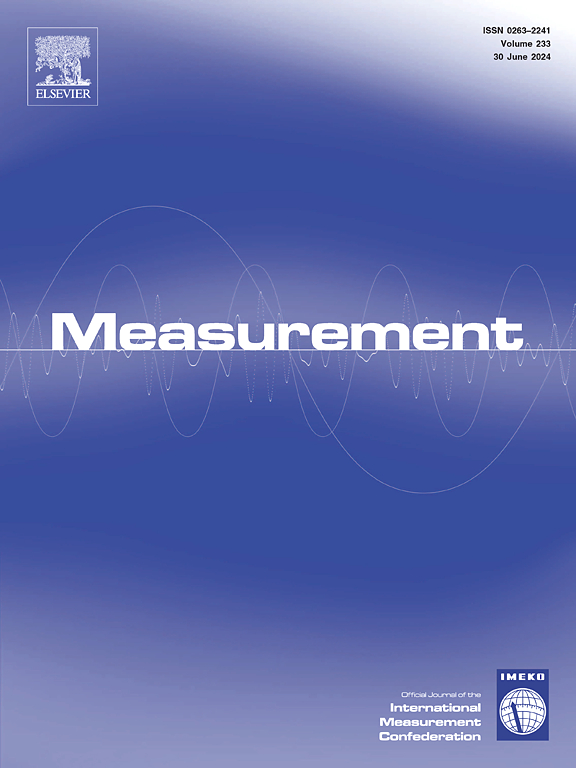Investigating horn power and impact of sonication on TiO2@cotton composites with machine learning and computer vision
IF 5.2
2区 工程技术
Q1 ENGINEERING, MULTIDISCIPLINARY
引用次数: 0
Abstract
An environmentally friendly sonication method is used to fabricate TiO2@cotton composites. The process involves using the potential of high-frequency ultrasonic waves to effectively break down the agglomerates of nanoparticles, leading to improved interaction between fabric surface and nanoparticles. Hence, an effective and accurate prediction of sonication parameters (horn power, sonication time, sonication cycle) is of paramount importance for tailoring composite design, structure, and properties. This work is the first attempt to utilise machine learning models to determine particle size, nanoparticles loaded amount on the surface of a substrate, and nanoparticles dispersion index (measure of evenness). A neural network model is implemented to interpret a non-linear complex relationship between input conditions and output results. The prediction of particle size, loaded amount, and particles dispersion is verified by comparing predicted and experimental results, for proposed model’s effectiveness. The relationship between independent and dependent variables is reliably captured. It can be revealed from the results of the proposed models that nanoparticles size, loaded amount on the substrate and nanoparticles dispersion on cotton surface are significantly dependent on sonication attributes.
利用机器学习和计算机视觉研究超声对 TiO2@cotton 复合材料的作用力和影响
利用一种环保的超声波方法来制造 TiO2@ 棉花复合材料。该工艺利用高频超声波的潜能有效地分解纳米颗粒的团聚体,从而改善织物表面与纳米颗粒之间的相互作用。因此,有效、准确地预测超声参数(喇叭功率、超声时间、超声周期)对于定制复合材料的设计、结构和性能至关重要。本研究首次尝试利用机器学习模型来确定颗粒大小、纳米颗粒在基材表面的负载量以及纳米颗粒分散指数(均匀度的测量)。采用神经网络模型来解释输入条件和输出结果之间的非线性复杂关系。通过比较预测结果和实验结果,验证了对粒度、负载量和颗粒分散性的预测,从而证明了所提模型的有效性。自变量和因变量之间的关系得到了可靠的把握。从所提模型的结果可以看出,纳米粒子的大小、在基底上的装载量和纳米粒子在棉花表面的分散度与超声属性有显著的关系。
本文章由计算机程序翻译,如有差异,请以英文原文为准。
求助全文
约1分钟内获得全文
求助全文
来源期刊

Measurement
工程技术-工程:综合
CiteScore
10.20
自引率
12.50%
发文量
1589
审稿时长
12.1 months
期刊介绍:
Contributions are invited on novel achievements in all fields of measurement and instrumentation science and technology. Authors are encouraged to submit novel material, whose ultimate goal is an advancement in the state of the art of: measurement and metrology fundamentals, sensors, measurement instruments, measurement and estimation techniques, measurement data processing and fusion algorithms, evaluation procedures and methodologies for plants and industrial processes, performance analysis of systems, processes and algorithms, mathematical models for measurement-oriented purposes, distributed measurement systems in a connected world.
 求助内容:
求助内容: 应助结果提醒方式:
应助结果提醒方式:


